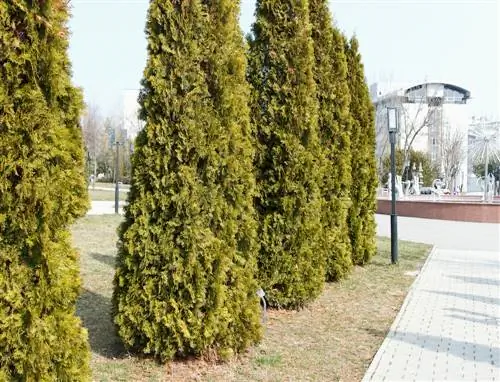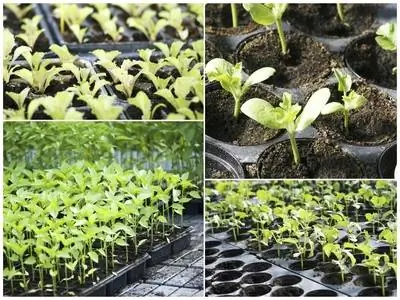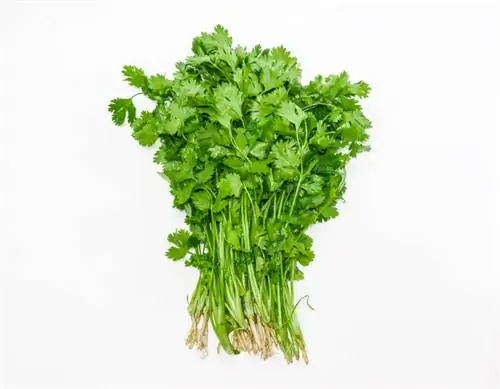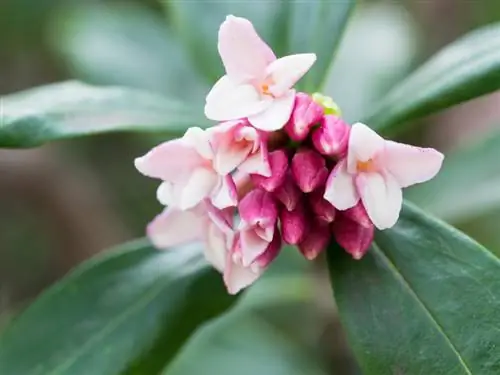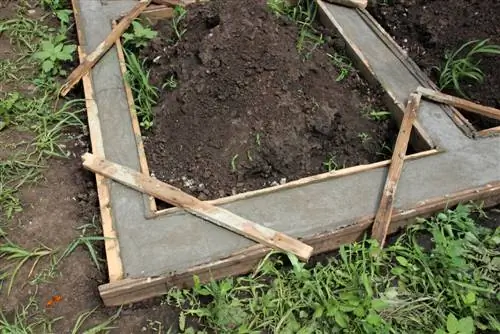- Author admin [email protected].
- Public 2023-12-16 16:46.
- Last modified 2025-01-23 11:22.
Is it a yew or a cypress? In the case of the Tuscan yew, this is not so easy for the layperson to determine. We'll tell you what type of coniferous tree it is and what you should pay attention to when planting and caring for it.
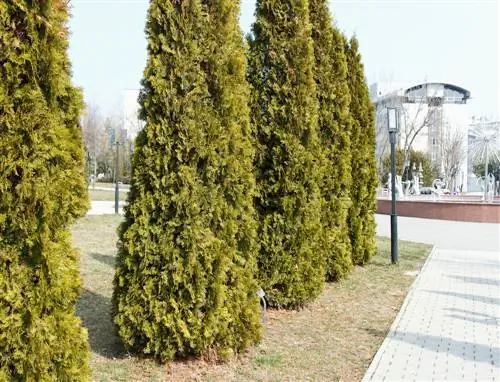
Is the Tuscan yew a yew or a cypress?
Is the Tuscan yew a yew or a cypress? The Tuscan yew (Taxus baccata 'Fastigiata Robusta') is actually a yew and not a cypress, although it looks very similar to a Mediterranean cypress. It is evergreen, robust, tolerates cutting and grows in a columnar shape.
What kind of conifer actually is the Tuscan yew?
In fact, the so-called Tuscan yew is a yew of the species Taxus baccata and not a cypress - even though this variety looks remarkably similar to a Mediterranean cypress.
The Mediterranean cypress (Cupressus sempervirens), also known as columnar cypress, real or Italian cypress, grows in a tightly columnar shape and can grow up to 30 meters high under the best conditions. However, it is only a maximum of two meters wide, so it remains very narrow. The tall, slender conifer is closely related to the tree of life and the false cypress.
In contrast to the very similar columnar yew, this species is only conditionally hardy.
What typical properties does the Tuscan yew have?
The Tuscan yew is the variety 'Fastigiata Robusta', a columnar-growing variety of the European yew (Taxus baccata). It scores with these features:
- tightly upright, narrow and columnar growth
- grows up to five meters high and 150 centimeters wide
- forms many branches, so it grows very densely and compactly
- is robust and undemanding
- Needles evergreen and shiny dark green
- very cut-friendly
Like any other yew, the columnar yew grows in almost any soil, be it sandy or loamy. However, like any other yew variety, it is also highly poisonous.
What do you have to pay attention to when planting and caring for the Tuscan yew?
The best time to plant the columnar yew is spring, but the young tree can also be planted in the ground in late summer. When planting, make sure that the planting hole you dig is at least twice as large as the root ball. The soil should also be loose and well-drained.
Yew trees react very sensitively to lack of space and waterlogging. Both are quickly acknowledged with brown needles. In the first few years you should also water the young tree regularly until it has developed its deep roots and can take care of itself.
Which cypress looks similar to the Tuscan yew?
If you prefer a columnar-growing cypress, you will particularly find it in the false cypresses. For example, the 'Columnaris' variety of the species Chamaecyparis lawsoniana, which is also available commercially as the blue columnar cypress, is recommended here. The variety is characterized by these characteristics:
- dense and narrow columnar growth
- evergreen with blue-green to gray-green needles
- flat and widely spreading roots
- for sunny to shady locations
- easy to cut
- hardy
- easy care
Like Taxus baccata, 'Columnaris' can not only be planted as a solitary plant in the garden, but is also suitable for group and hedge planting.
Tip
Fertilize yew and cypress trees
So that the conifers grow he althy and strong, you must fertilize them regularly. To do this, use a conifer fertilizer (€8.00 on Amazon), although this is actually not necessary. Mature compost works just as well and is also better for soil he alth.

